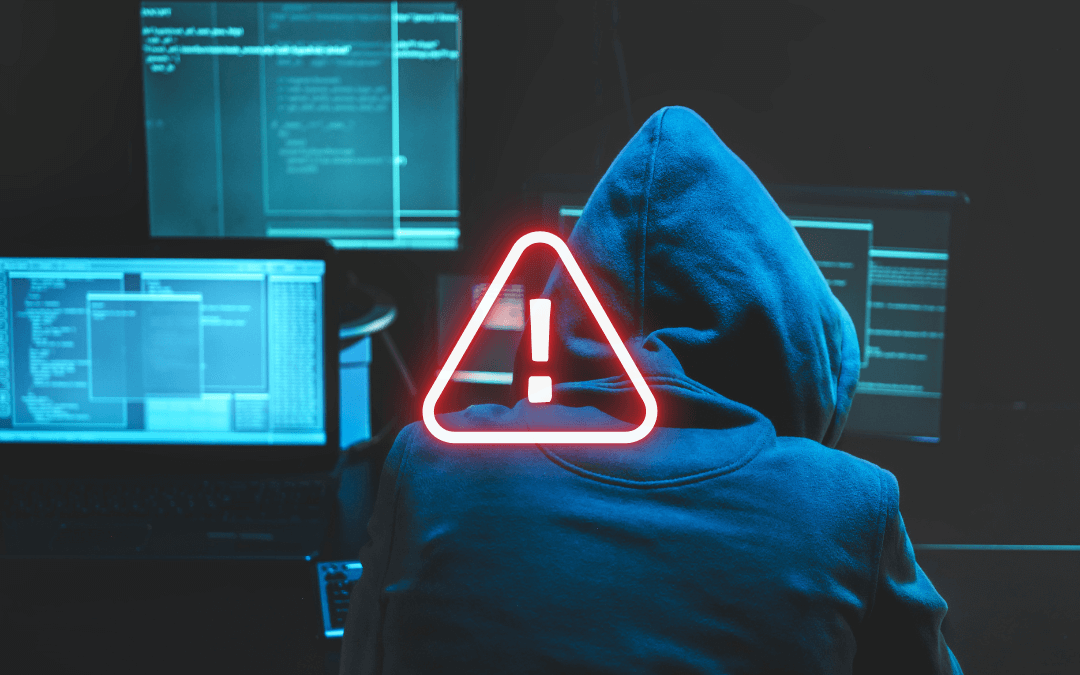In a stark reminder of the escalating cyberwar between nations, a recent SharePoint cyberattack orchestrated by a China-based hacking group has exploited a critical zero-day vulnerability in Microsoft SharePoint servers, deploying Warlock ransomware in a series of targeted assaults. According to a recent report by BleepingComputer, this SharePoint cyberattack, which began as early as July 7, 2025, leverages the recently patched ToolShell exploit chain to compromise over 420 exposed SharePoint servers worldwide.
This SharePoint cyberattack not only highlights the sophistication of state-backed cyber operations but also sets a dangerous precedent for the future of global cybersecurity. As nations like the United States and China increasingly weaponize digital infrastructure, the need for robust cybersecurity policies and proactive system maintenance has never been more urgent.
The Anatomy of the Attack
The SharePoint cyberattack, attributed to a China-based threat actor tracked as Storm-2603, exploits vulnerabilities in on-premises Microsoft SharePoint servers (CVE-2025-53770 and CVE-2025-53771), which were initially patched in Microsoft’s July 2025 Patch Tuesday updates. However, hackers quickly found ways to bypass these fixes, chaining new exploits to gain unauthorized access to vulnerable servers. Once inside, the attackers used tools like Mimikatz to extract credentials, PsExec and Impacket for lateral movement, and modified Group Policy Objects (GPOs) to deploy Warlock ransomware across compromised networks. This multi-stage SharePoint cyberattack demonstrates a chilling level of coordination and technical expertise.
The impact is staggering. High-profile targets, including the U.S. National Nuclear Security Administration (NNSA), the Department of Health and Human Services’ National Institutes of Health, the U.S. Department of Education, and state-level agencies like the Rhode Island General Assembly and Florida’s Department of Revenue, have been breached. Globally, over 400 organizations across government, telecommunications, and technology sectors in North America, Europe, and the Middle East have been affected by this SharePoint cyberattack. The attackers’ ability to steal cryptographic keys and establish persistent access—even after patches are applied—underscores the severity of this threat.
A Dangerous Precedent in the SharePoint Cyberattack
This SharePoint cyberattack is more than just another cybersecurity incident; it’s a bold escalation in the ongoing cyberwar between the United States and its adversaries, particularly China. The involvement of state-backed groups like Linen Typhoon and Violet Typhoon, alongside Storm-2603, suggests a coordinated effort to exploit critical infrastructure for strategic gain. Microsoft’s assessment that these actors are targeting intellectual property, government entities, and strategic industries like defense and human rights points to a broader geopolitical agenda. The precedent set by this attack is alarming for several reasons:
- Weaponization of Zero-Day Exploits: The use of zero-day vulnerabilities—flaws unknown to the software vendor until exploited—demonstrates the growing sophistication of state-sponsored cyberattacks. These exploits give attackers a head start, allowing them to infiltrate systems before patches can be developed or applied. The rapid bypassing of Microsoft’s initial fixes shows how quickly adversaries can adapt, turning patched vulnerabilities into new attack vectors.
- Targeting Critical Infrastructure: The breach of the NNSA, an agency responsible for maintaining the U.S. nuclear weapons stockpile, raises serious national security concerns. While no sensitive or classified information was reportedly compromised, the fact that such a critical agency was targeted exposes the vulnerability of even the most secure systems. This could embolden adversaries to pursue more aggressive cyberattacks against vital infrastructure.
- Global Reach and Scale: The attack’s scope—spanning multiple continents and sectors—illustrates the borderless nature of cyberwarfare. By targeting SharePoint, a platform widely used by governments and corporations for document management and collaboration, attackers can disrupt operations, steal sensitive data, and sow chaos across diverse industries. The potential for cascading effects, especially when combined with ransomware, amplifies the threat.
- Persistent Access Post-Patching: The theft of cryptographic keys allows attackers to maintain access to compromised systems even after patches are applied. This persistence undermines traditional remediation efforts, making it harder for organizations to fully secure their networks. It also signals a shift toward long-term espionage and disruption, rather than one-off attacks.
This incident is a wake-up call. As nations increasingly rely on digital infrastructure, SharePoint cyberattacks like this one could become a blueprint for future conflicts. The ability to paralyze government agencies, disrupt critical services, or steal intellectual property gives adversaries a powerful tool to exert influence without firing a shot. If left unchecked, such attacks could destabilize economies, undermine public trust, and escalate tensions in an already volatile geopolitical landscape.
A Call to Action: Patch, Protect, and Prepare
The SharePoint cyberattack underscores a critical lesson: cybersecurity is not a one-time effort but an ongoing commitment. Organizations, governments, and individuals must take immediate steps to mitigate risks and prevent similar incidents in the future. Here’s what needs to be done:
- Apply Patches Immediately: Microsoft has released emergency security updates for SharePoint Server (Subscription Edition, 2019, and 2016) to address CVE-2025-53770 and CVE-2025-53771. System administrators must prioritize installing these updates (KB5002754, KB5002753, KB5002760, KB5002759, KB5002768) to close the vulnerabilities. Delaying patches leaves systems exposed to ongoing exploitation.
- Rotate Machine Keys: Microsoft urges admins to rotate SharePoint Server ASP.NET machine keys using PowerShell commands like Set-SPMachineKey and Update-SPMachineKey. This step is critical to prevent attackers from using stolen keys to re-enter patched systems. Restarting Internet Information Services (IIS) after key rotation further strengthens defenses.
- Enable Antimalware Protections: Configuring the Antimalware Scan Interface (AMSI) and deploying Microsoft Defender Antivirus (or equivalent solutions) on all SharePoint servers can help detect and block malicious activity. AMSI integration, enabled by default in recent SharePoint updates, is a powerful tool for identifying post-exploit payloads like the spinstall0.aspx web shell used in these attacks.
- Strengthen Cybersecurity Policies: Organizations must enforce strict cybersecurity standards, including regular vulnerability assessments, penetration testing, and employee training to recognize phishing and social engineering attempts. Policies should mandate timely patching, network segmentation, and least-privilege access to limit the impact of breaches.
- Disconnect Vulnerable Systems: For organizations unable to apply patches immediately, Microsoft recommends disconnecting SharePoint servers from the internet until updates are available. This temporary measure can prevent further exploitation while remediation plans are implemented.
- Monitor and Investigate: Admins should use Microsoft 365 Defender queries to check for indicators of compromise, such as the presence of spinstall0.aspx or related files. If detected, servers should be taken offline, and a thorough investigation conducted to assess the extent of the breach and potential lateral movement.
The Road Ahead
The SharePoint attacks are a stark reminder that the cyberwar is intensifying, with nation-states leveraging advanced tools to exploit even the smallest vulnerabilities. As China and other actors continue to probe for weaknesses, the United States and its allies must prioritize cybersecurity as a cornerstone of national defense. This means not only reacting to incidents but proactively building resilient systems that can withstand sophisticated attacks.
Organizations must move beyond a reactive mindset and adopt a culture of continuous improvement. Regular audits, updated cybersecurity policies, and investment in advanced threat detection are no longer optional—they are essential to staying ahead of adversaries. Governments, too, must collaborate with private-sector partners to share threat intelligence and coordinate responses, as demonstrated by the rapid action taken by CISA and Microsoft in this case.
The question posed in the title—“A Sign of Things to Come?”—is not hypothetical. The SharePoint cyberattack is a glimpse into a future where cyberattacks are a primary weapon in geopolitical conflicts. By acting now to patch systems, enforce standards, and strengthen defenses, we can mitigate the risks and send a clear message: the global community will not stand idly by as cyber threats escalate.
Click here to read more blog articles.

